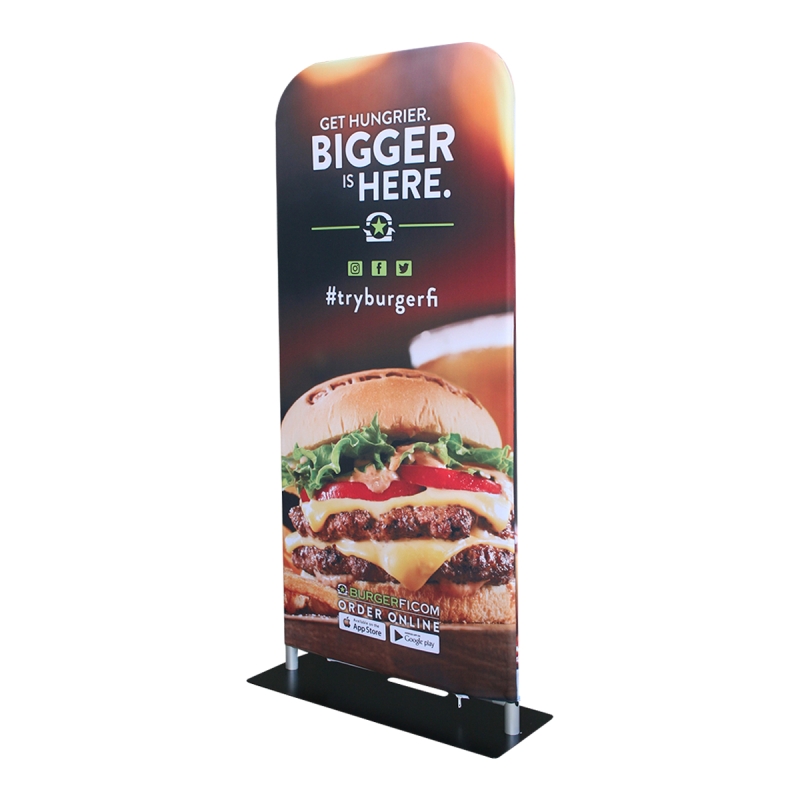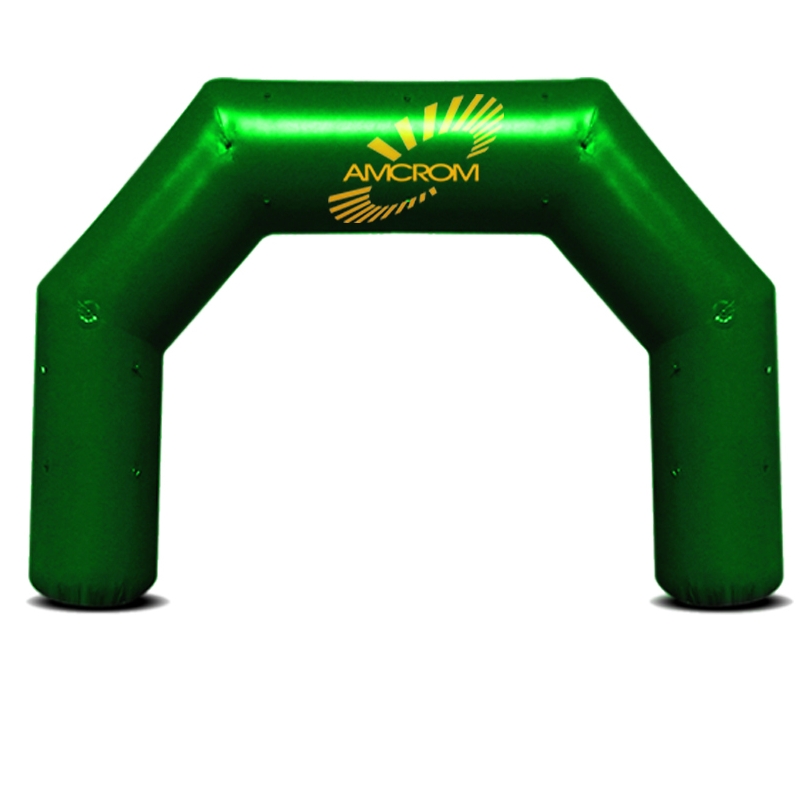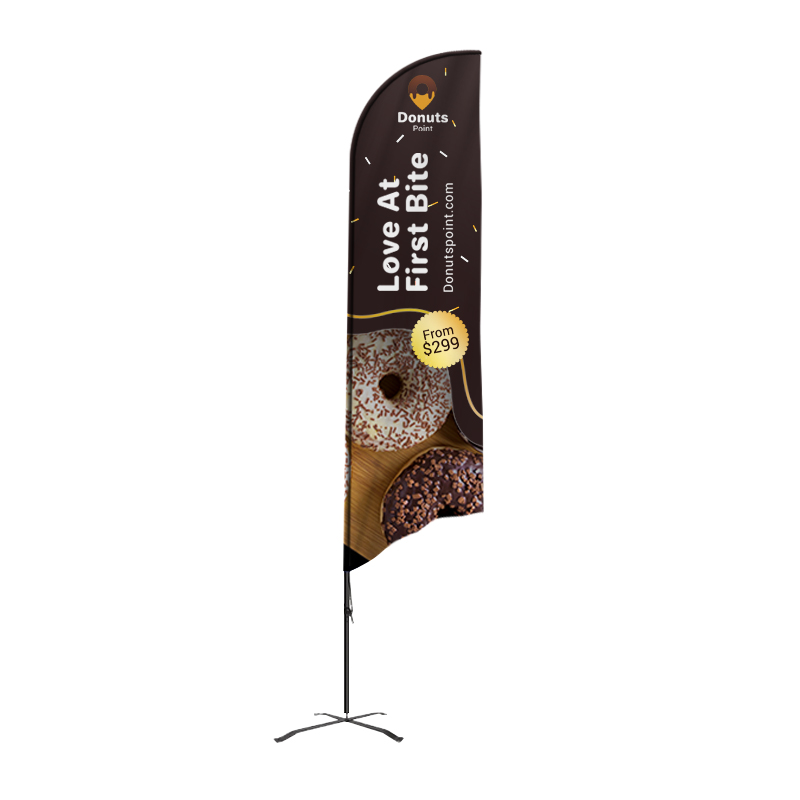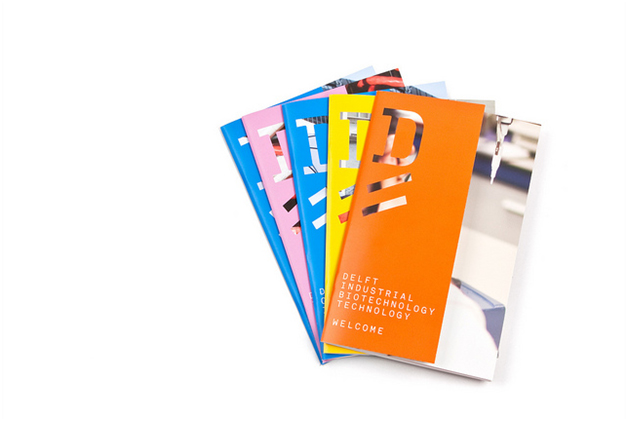 (Source: Flickr)
(Source: Flickr)
Advertising materials are vital to any type of business, whether it’s a small operation with a sole proprietor or a massive corporation. They lend an air of legitimacy to your business, allowing you to project a polished, professional image to the world while sharing your product or service.
But the types of advertising materials out there are endless, ranging from simple business cards to brochures, pamphlets, and even billboards or trade show signage. So how do you decide which advertising materials are right for you, and what is the process of creating them? Let’s explore.
 (Source: Flickr)
(Source: Flickr)
What are advertising materials?
For many, the phrase “advertising materials” might conjure up images of glossy brochures, billboards, or expensive signage. However, advertising materials can be just about anything used to promote your business, from humble business cards to trade show swag type items like mugs or pens, to even branded vehicles with your company logo on it. In a nutshell, advertising materials are any printed matter that can be used to promote your business.
Why do I need advertising materials?
Here are just a few of the reasons why it might benefit your business to look into ad materials.
Legitimacy:
Advertising materials help your business project a polished, professional attitude. It helps people trust your business as legitimate and serious.
Brand recognition:
By creating advertising materials, from business cards to brochures to signage, you have the ability to create a consistent, cohesive look with your business. Think of businesses like Target, where their “branding” is recognizable across platforms, from tv ads to billboards to printed flyers.
Inform customers:
It might seem obvious, but Ad materials can inform customers about what you can do. While the goings-on and offerings of your business might be clear as day to you, to an outsider, they have no idea. Ad materials can help them learn more about you.
Create interest:
Ad materials can help create brand recognition so that people can get to know you on their terms.
Promote specials or new developments:
If your business has just added a new division or is offering a new service, ad materials can help you promote.
 (Source: Flickr)
(Source: Flickr)
How do I decide what types of ad materials are right for my business?
Some ways to decide what materials might be best for your business.
What kind of business is it?
If you’re a freelance photographer with a small business, your advertising materials will be very different from a baking company or a large marketing firm. Consider what materials might be best suited to your business.
What is your goal?
Before you create advertising materials, first consider what your goal is. If it’s literally to give people information and rates on what you do, a simple card or brochure might be all you need. If you’re trying to bring people to a restaurant off of the highway, a billboard might be the most effective type of advertising material for you.
Where will the items be available?
Are the ad materials for your general stock, or will they be placed in other local businesses? This can affect how many items you choose to print, and the size or format which you choose.
Are your ad materials time sensitive?
When creating advertising materials, consider closely if there is something that will “date” the materials: if they have the date of a specific event, for instance. You may want to reconsider so that you can make it a more open-ended item which can be used in the future, too.
What is your budget?
What is your budget? This can be the difference between creating flyers and glossy brochures. If you’re just getting started and only have $100 or so, your advertising materials may be as simple as a starter pack of business cards and some branded buttons. If your budget is in the thousands of dollars, you can consider more elaborate items.
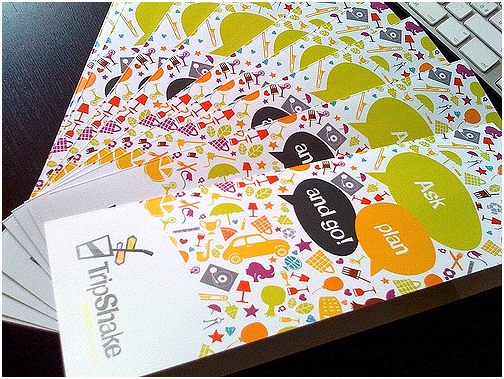 (Source: Flickr)
(Source: Flickr)
Making ad materials: what are the steps?
Whether it’s business cards, a billboard, or swag for a trade show, these are some of the basic steps you’ll have to take to create an ad material.
Choose the item.
First, you need to settle on what you’d like to create for your ad materials, using the advice detailed above. Once you’ve decided on what item you want to produce, you can proceed.
Create a design.
Once you are sure what you want to make, create a design which is uniquely suited to the item. Often, it will include your logo or brand colors. This is not a skill that every business person possesses, so enlist the help of a graphic designer if needed.
Format the files.
Format the files to the manufacturer’s specifications. More often than not, a manufacturer will have a template for the item in question and will tell you the file specifications and desired resolution. Be sure to adhere to these guidelines for the best quality and color. Once again, this is something that a graphic designer can help you with.
Submit the files.
Once they’re formatted, you can submit your files to the manufacturer. A good manufacturer will often let you know if there is an issue with your files, but don’t count on them to catch any issues: that is ultimately
your
Proofs and approvals.
Depending on the item, it may be a good idea to get a proof. This is a small-run version of your item, printed at high resolution, as close to the finished product as possible. This offers you a real-life chance to review and see if there is any tweaking needed.
Once you’ve approved your proof, the item goes into production, which can take a few days to a month depending on the item. Always be sure to leave a little “wiggle room” because sometimes it takes a little longer than anticipated.
Finished product.
Once produced, your finished items are delivered to you! Whether it was a simple batch of business cards or a great big production run of trade show swag, this is a moment of great accomplishment. Congratulations!
Conclusion: Ad materials might seem hard to wrap your mind around at first: they’re items that you have to pay for that may not translate directly into sales. However, the benefits of creating ad materials are many, including increased brand awareness, projecting professionalism, and informing people of your business and services. They are a great way to keep your company in people’s thoughts, and well worth exploring for a business of any size.
Have you ever created advertising materials?
 (Source: Flickr)
Advertising materials are vital to any type of business, whether it’s a small operation with a sole proprietor or a massive corporation. They lend an air of legitimacy to your business, allowing you to project a polished, professional image to the world while sharing your product or service.
But the types of advertising materials out there are endless, ranging from simple business cards to brochures, pamphlets, and even billboards or trade show signage. So how do you decide which advertising materials are right for you, and what is the process of creating them? Let’s explore.
(Source: Flickr)
Advertising materials are vital to any type of business, whether it’s a small operation with a sole proprietor or a massive corporation. They lend an air of legitimacy to your business, allowing you to project a polished, professional image to the world while sharing your product or service.
But the types of advertising materials out there are endless, ranging from simple business cards to brochures, pamphlets, and even billboards or trade show signage. So how do you decide which advertising materials are right for you, and what is the process of creating them? Let’s explore. (Source: Flickr)
(Source: Flickr)
 (Source: Flickr)
(Source: Flickr)
 (Source: Flickr)
(Source: Flickr)


